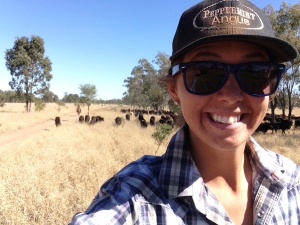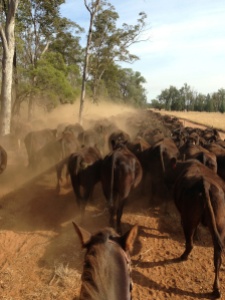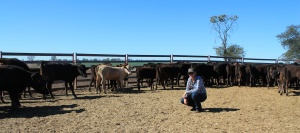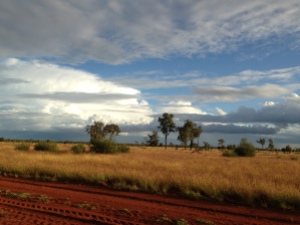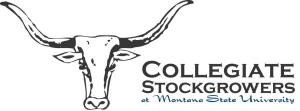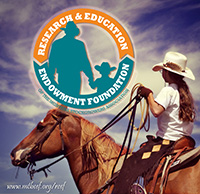MSU selects new vice president, dean of agriculture
 BOZEMAN – Charles Boyer from California State University, Fresno, has been chosen to lead the College of Agriculture and the Montana Agricultural Experiment Station at Montana State University.
BOZEMAN – Charles Boyer from California State University, Fresno, has been chosen to lead the College of Agriculture and the Montana Agricultural Experiment Station at Montana State University.
Currently dean of the Jordan College of Agricultural Sciences and Technology, Boyer will begin his new role as MSU’s vice president of agriculture and dean of MSU’s College of Agriculture on Dec. 15.
“As the state’s land-grant university, MSU is committed to enhancing and strengthening our partnership with agriculture, the No. 1 industry in the state. Dr. Charles Boyer’s vast experience advancing research, teaching and service, as well as his success working with producer groups and his successful fundraising track record, make him an outstanding choice to lead these efforts,” said MSU President Waded Cruzado.
Boyer said he anticipates working closely with the agriculture community at MSU and throughout the entire state. “I look forward to the opportunity to build on the strong partnerships between MSU and the agricultural community,” Boyer said. “These partnerships are already strong, and they will benefit us all as we work together to find new ways to serve the agricultural community of Montana.”
MSU elevated its dean of the College of Agriculture to a vice presidential position earlier this year, in recognition of its importance to the state’s economy and the MSU mission. The new vice president of agriculture will lead the College of Agriculture and Montana Agricultural Experiment Station.
MSU’s College of Agriculture has approximately 1,028 students with 11 bachelor degree programs, nine master degree programs and four doctoral degree programs from five departments and one division. Historically, it has been among the top three MSU colleges in terms of research activity. The Montana Agricultural Experiment Station conducts research at seven research centers strategically located across the state to address the diverse climatological challenges of Montana’s agriculture industry.
Boyer earned a bachelor’s degree in biology from Eastern Oregon State College and a master’s degree and doctorate in genetics, both from The Pennsylvania State University.
In 2006, he was named dean of the Jordan College of Agricultural Sciences and Technology at California State University, Fresno. Prior to the appointment, he served as associate dean and associate director of the Agricultural Experiment Station, College of Agricultural Sciences, at Oregon State University; as professor and head of the Department of Horticulture at Oregon State University; as chairman of the Intercollege Graduate Program in Genetics at The Pennsylvania State University; as professor and associate professor of plant breeding and genetics at The Pennsylvania State University; and as assistant professor of horticulture at Rutgers University.
Boyer takes over from Glenn Duff, who has been interim dean and director since Jeff Jacobsen stepped down in September 2013. “The College of Agriculture was in very good hands with Dr. Duff, and we’d like to thank him for his service,” Cruzado said.
Boyer was selected after a national search conducted by a 22-member search committee that was composed of industry and academic representatives. The committee was chaired by Brett Gunnink, dean of the MSU College of Engineering.
“MSU thanks Dr. Gunnink and all of the members of the search committee for their exceptional work throughout this search,” Cruzado said.

